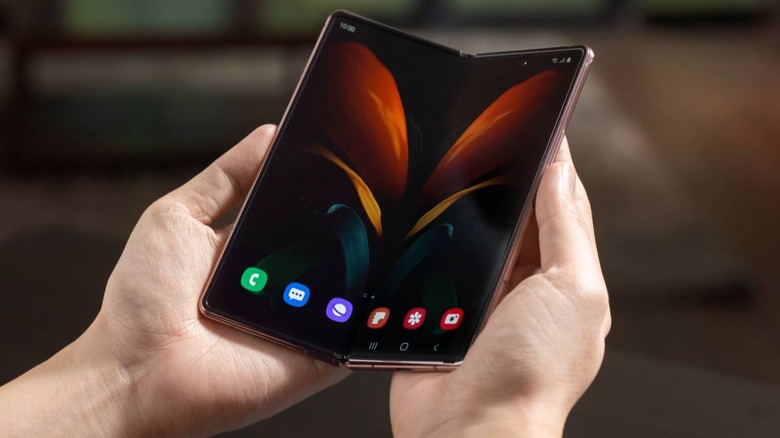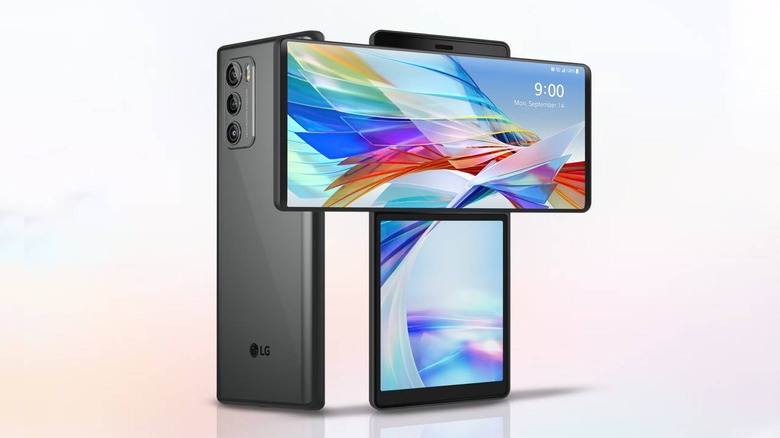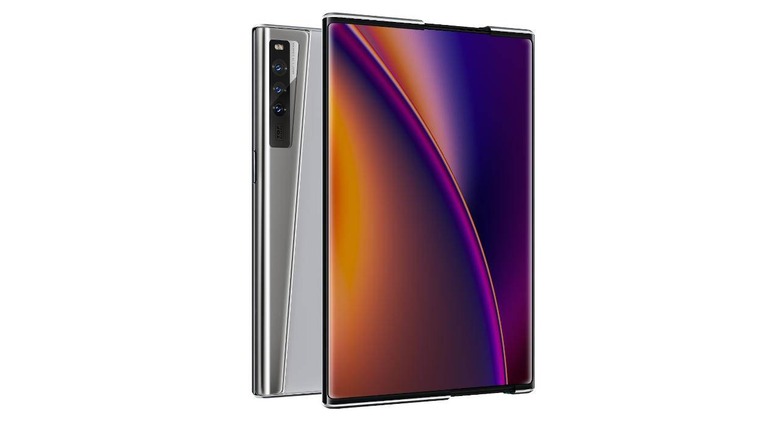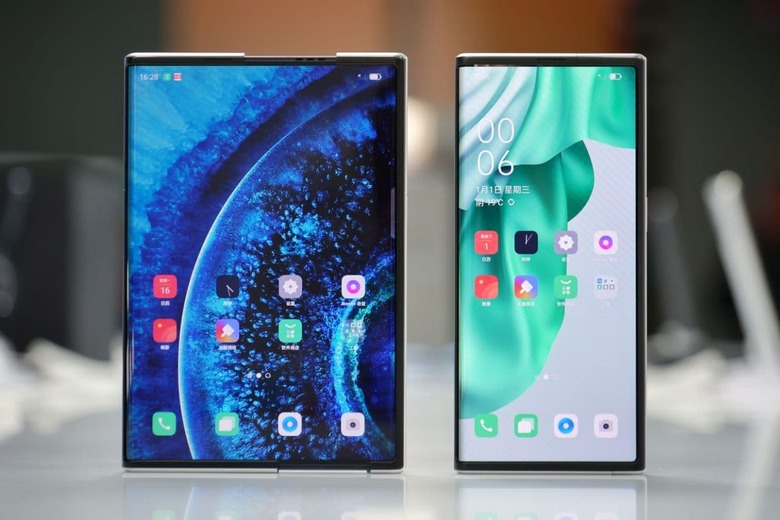Foldable, Swivel Or Rollable Smartphone Display - Which Is Better?
Smartphones have evolved a fair bit with regard to screen real estate – the bezels are as thin as they can get, front-facing cameras are no more a hindrance with under-display camera tech, and the display quality has gone through the roof in the last couple of years. Still, there is a lot more to be desired when we see the unique form factor of a foldable device or a rollable phone that's eye-popping. So, what smartphone will be the most trusted design in terms of its display technology in a couple of years? Let's find out.
Folding display
Samsung can be crowned the undisputed leader in foldable phones – a fashion set in motion with the Galaxy Fold. This triggered Motorola to come with its own version of the nostalgic Razr, and now once a crazy display technology, it has become mainstream with time and more companies including Huawei exploring its options. Learning from its experience with the first generation Galaxy Fold, Samsung made worthy improvements in the Galaxy Z Fold 2 – giving it the hard to achieve balance of flagship-level specifications and design.
The phone targeted at demanding multitaskers has everything you can ask for in a premium device, plus a little extra in the form of a foldable design. This brings countless functional aspects to the device – be it taking full control of your daily tasks or enjoying rich multimedia experience on the beautiful folding screen.
One major improvement on the device is its innovative hinge mechanism which gives you the freedom to use it in any configuration, at any angle. Use it as a mini laptop or as a tripod for taking stable shots, the possibilities are endless.
Swiveling display
While Samsung has invested a lot of time, resources, and faith in the Galaxy Fold phones, LG has forayed into uncharted waters with the WING swivel display smartphone. The unique device is not just a one glance charm with its highly functional aesthetics and well-thought-out design that pushes the boundaries of use case scenarios.
It actually comes very handy in day-to-day tasks, for instance, while on your office commute, the 90 degrees orientation of the two screens gives you more information in a readable text or when you are playing a circuit racing sim, the detailed map gives you a tactical advantage in gameplay. Even better, the form factor turns your phone into a stable gimbal for steady video shoots and photography. And yes, the dual recording mode with the rear and front camera simultaneously is so enticing to explore.
For those who questioned the durability aspect of LG WING with repeated usage, the South Korean electronics giant put all speculations to rest by explaining its innovative technology. You can make 100 swivels per day, every day for five and a half years and the phone still won't show any signs of mechanical failure. It's that good!
Rollable display
We got a first real glimpse of this promising display technology with the OPPO X 2021 prototype demoed at Inno Day 2020 – the brand's platform for showcasing the latest innovation and future tech. The screen behaves like a paper on a scroll – actuated by the user's input as intended. It can be a 6.7-inch compact smartphone at its smallest while at the touch of a button you can instantly turn it into a decent sized tablet. If this hasn't got you sold for multifunctional approach in a smartphone, current-gen technology has still a long way to go then!
The magic is unfurled by the roll motor powertrain housing the ultra-thin rollable display (just 0.1 mm thick at its thinnest point) which rolls to expand or contract. Of course, OPPO did all the R&D to make this experience seamless and it has definitely managed to draw attention in its favor.
Future-forward, refreshing, and bold venture by OPPO – this rollable display phone shows what's in store for us in the near future. The same anticipation and excitement that got all the tech community going when the Galaxy Fold or the Motorola Razr phones first burst into the scene. Rollable display technology is pretty new to smartphones and hasn't really seen a commercial variant yet, but in addition to OPPO, LG and a few other brands are also exploring their options.
Futureproof display tech
All three display technologies come with their own set of advantages and disadvantages. The one that's going to be futureproof will have to impact the user's daily life in a positive manner, offer durability, better overall experience, and energy efficiency at the core. The folding Samsung Galaxy Z Fold 2 comes with a considerable assurance in comparison to the other two options.
LG WING has just released last month, it is fairly fresh in those terms, and still has a lot to prove over the next year or so. On the other hand, rollable tech is a few months away (presumably with the OPPO X 2021) from landing in consumers' hands. LG has already conducted hardcore tests to prove the mettle of WING in real-life conditions, so if all goes well, the device will appeal to users who weigh their options as opposed to early adopters who want to explore everything new.
Talking of the futureproof technology that's practical – the rollable display looks promising for smartphones already. The ultra-thin display barely takes up space and its rolling function gives users what they demand for in multi-functionality. One cannot deny the huge advantage in terms of thinness and weight, as the foldable and swivel display are undeniably overweight and chunky.
At this point in time rollable smartphone is actually what one would want in their pocket – it's sized like a normal phone, weighs just like your contemporary smartphone, and still packs the functionality of a foldable and a swivel phone. And yes, there are no screen creases, so the viewing experience is as seamless as it can be.




